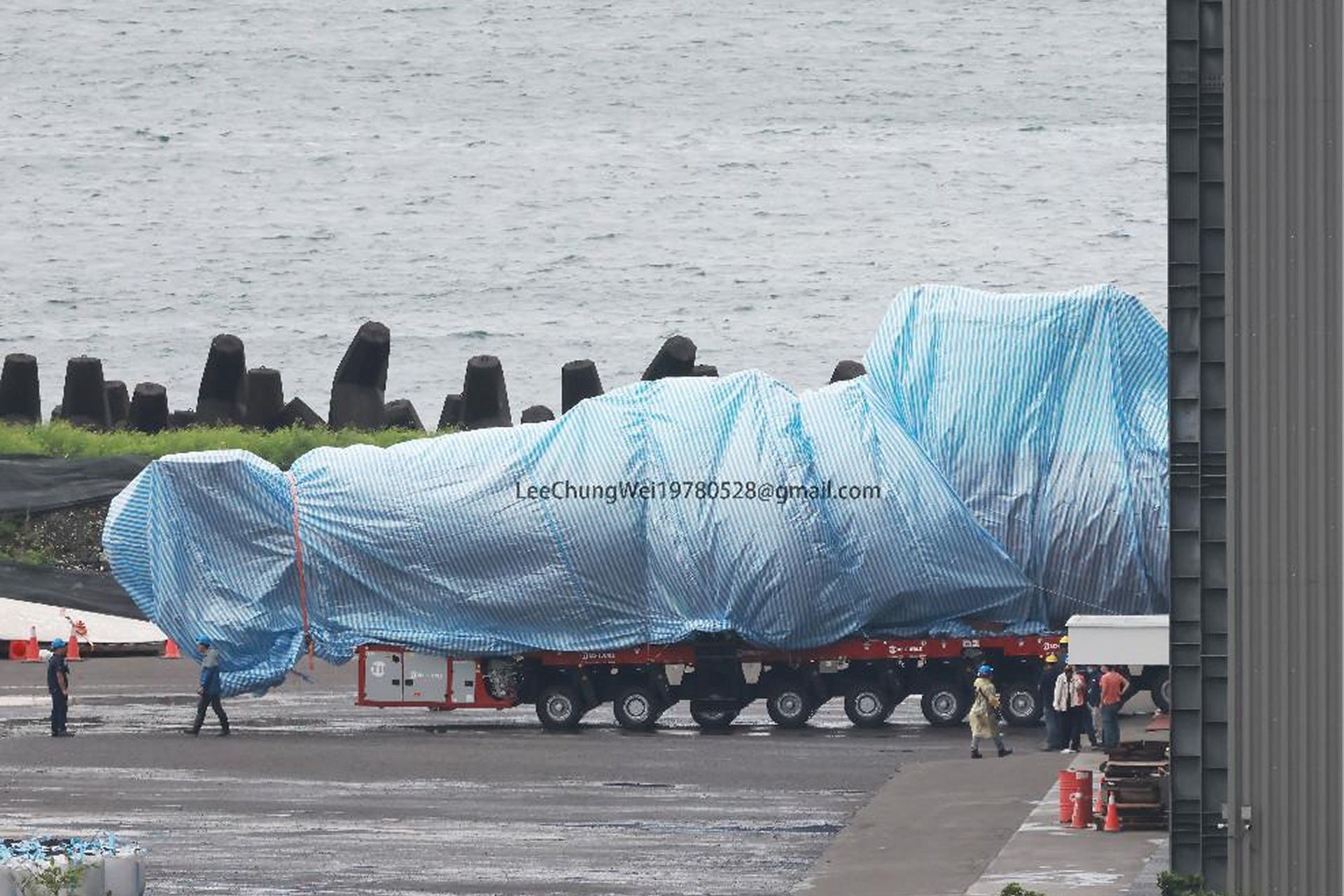Breaking news
Unveiling Taiwan’s new stealth weapon: Hailong Unmanned Underwater Vehicle.
According to information published by Peopo on May 29, 2024, the Hailong unmanned underwater vehicle, developed in collaboration between the National Chung-Shan Institute of Science and Technology (NCSIST) and Lungteh Shipbuilding, was publicly unveiled.
Follow Army Recognition on Google News at this link

Hailong Unmanned Underwater Vehicle. (Picture source: LeeChungWei19780528@gmailcom)
The "Hailong Project" multi-purpose unmanned underwater vehicle has a displacement of nearly 100 tons, a length of about 30 meters, and a width of about 6 meters, resembling a small submarine. It features a submarine-like sail and is equipped with torpedo tubes. It is reported that it is designed to deploy small unmanned vehicles capable of monitoring, targeting, and attacking enemy targets.
Military sources indicate that the prototype, designed and built by Lungteh Shipbuilding under the NCSIST's commission, is currently undergoing comprehensive system and underwater tests in eastern waters. Once equipped by NCSIST, it can also be used for underwater assault missions.
Comments
Equipped for surveillance and reconnaissance, the UUV can monitor and gather intelligence on enemy movements and activities. This capability is crucial for early warning and situational awareness, enabling more effective responses to potential threats. Additionally, with its torpedo tubes and the ability to deploy smaller unmanned vehicles, the Hailong UUV can participate in offensive operations, targeting enemy vessels and submarines to disrupt their operations and provide a strategic deterrent.
UUVs can remain deployed for extended periods, providing continuous coverage and reducing the need for frequent human intervention, which is vital for maintaining a constant presence in strategic areas.
Taiwan-China
China's People's Liberation Army (PLA) conducted extensive military exercises around Taiwan on May 23 and 24, referred to as "Joint Sword-2024A." These exercises involved land, sea, air, and rocket forces and were framed as a punitive measure against pro-independence activities in Taiwan. The drills simulated joint combat operations, including sea and aerial patrols, battlefield control, and precision strikes on critical targets.


























